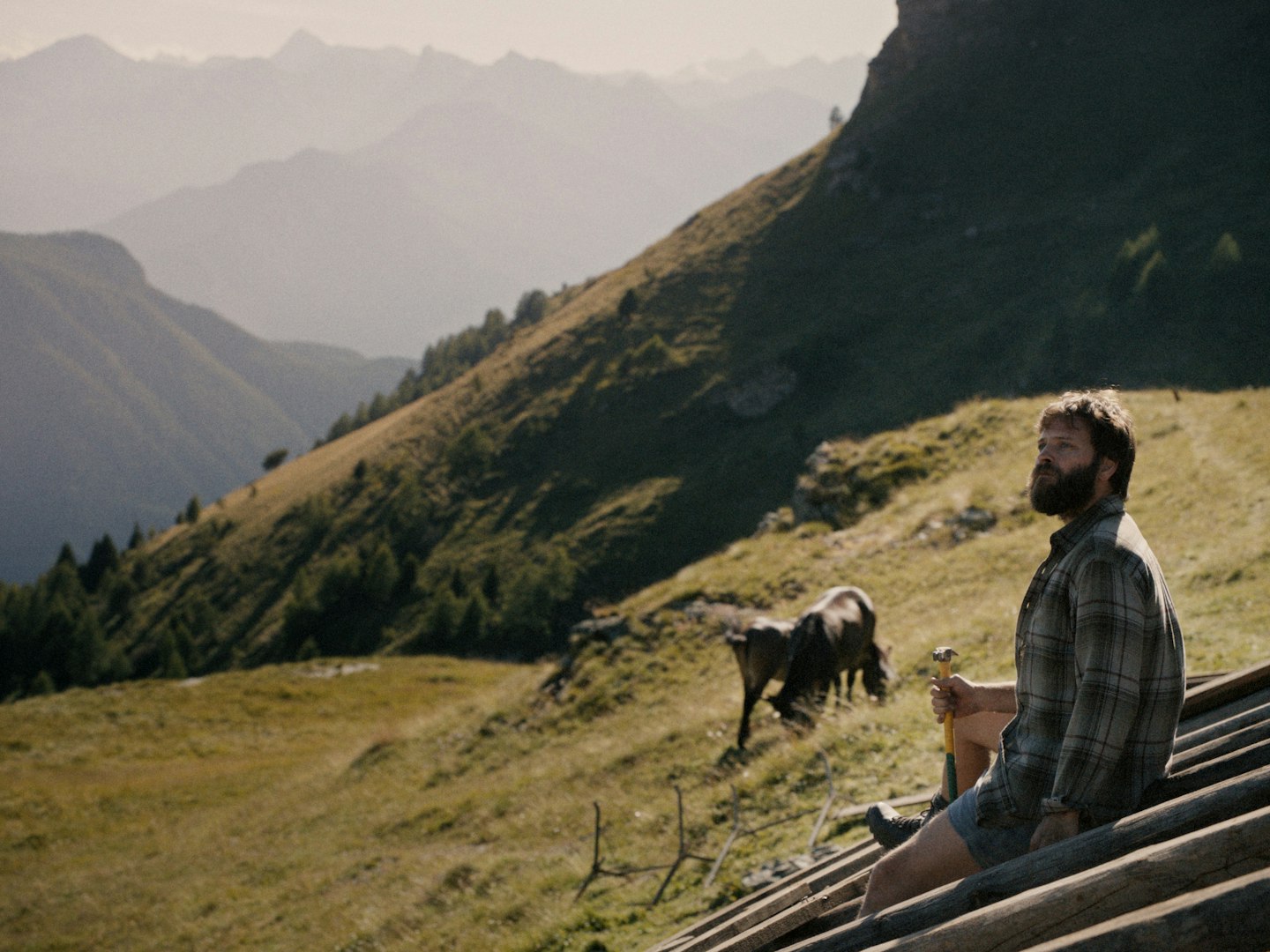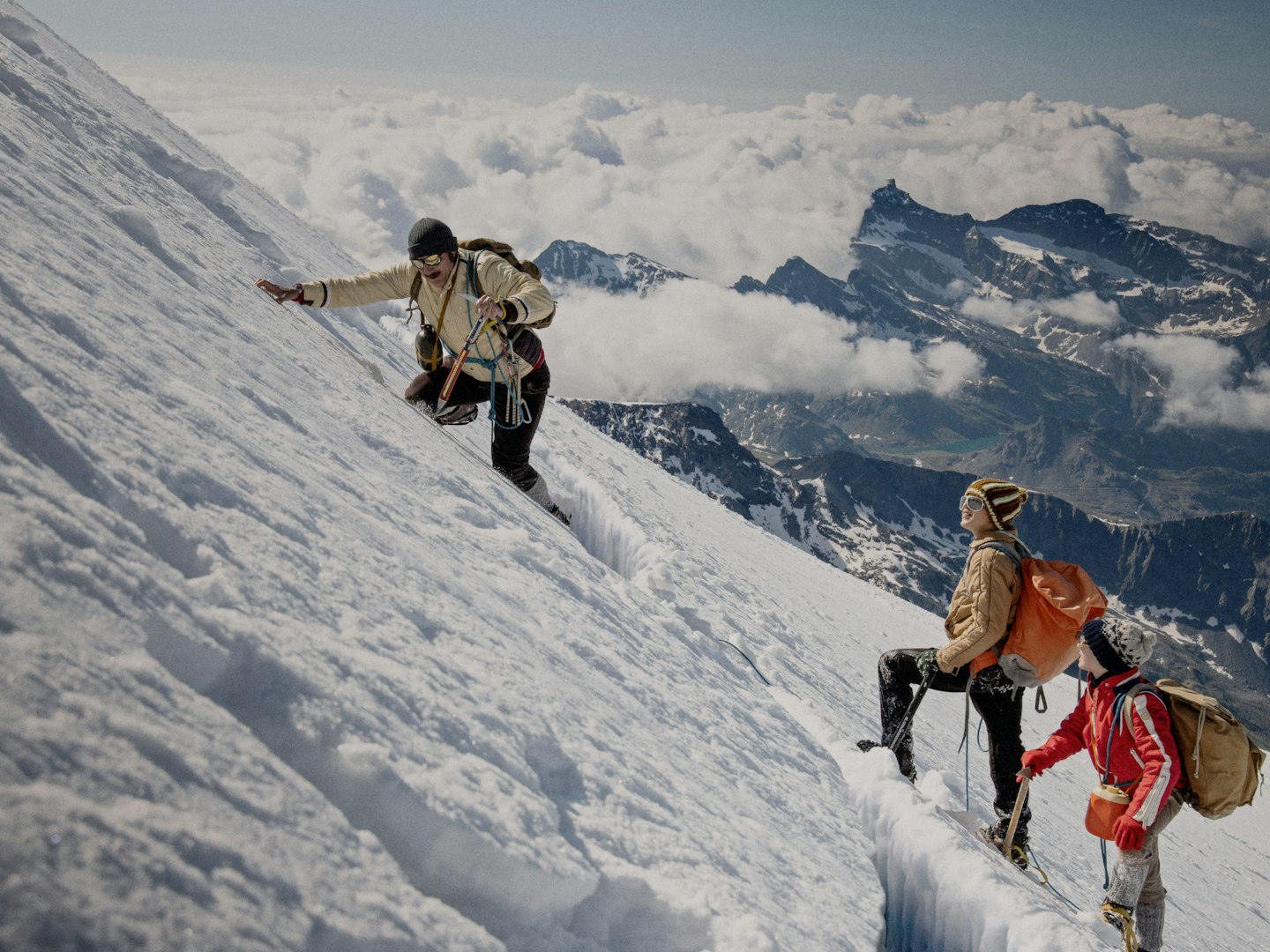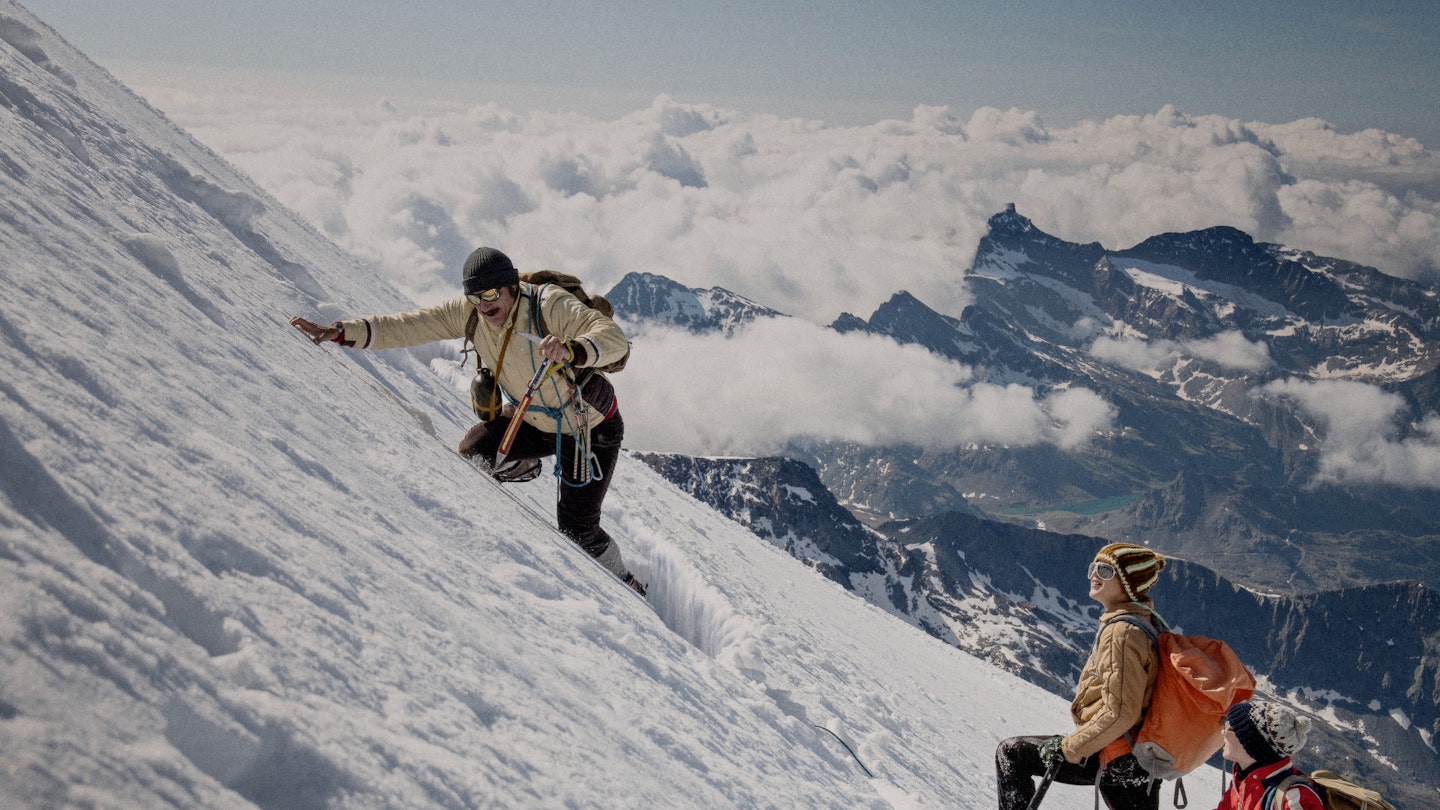When it comes to fictional stories rather than real-life narratives, mountain movies tend to fall into two camps: the absurd blockbuster (Vertical Limit, The Eiger Sanction, Cliffhanger) and the arthouse drama (Clouds of Sils Maria, Edie, Five Days One Summer). The Eight Mountains is definitely the latter – and it might be the best of the lot.
A long, languid and beautiful Italian film based on a long, languid and beautiful Italian book (Paolo Cognetti’s 2016 opus Le Otto Montagne), The Eight Mountains is a slow musing on a 30-year friendship, pausing along the way to contemplate father-son relationships, the conflict between traditional mountain life and the encroachment of the modern world, and the state of our relationship with nature. But it’s all explored against the backdrop of the real-life Alps of the Aosta Valley, which play as much a starring role as the two human leads.

At the heart of the story are Bruno and Pietro, who meet as children when Pietro is brought on holiday to the fictional village of Grena as his parents seek to escape the smog and noise of Turin. The pair bond instantly: Pietro the wistful city dreamer and Bruno the hardy mountain goat with an innate sense of the rhythms of his landscape.
It’s all idyllic until the parents muddy things up; specifically the dads. Pietro’s dad, a gung-ho amateur scientist with a fascination for glaciers, begins to form a stronger bond with Bruno than he has with his own son, leading to a hair-raising scene as the trio attempt to cross a crevasse on a high glacier. Then Bruno’s brutish dad takes exception to his son’s dalliance with the soft city types and takes drastic action to sever their connections altogether.

Which all sets the scene for Pietro to return to the valley as an adult. In doing so, he has to reconnect with Bruno, and together the two old friends try to pick up the pieces of their fractured childhood. Quite literally, in fact, when they are compelled to work together on restoring a tumbledown hut high above the treeline, which forms the lynchpin of the film.
To say any more, plot-wise, would enter spoiler territory. But safe to say that what unfolds is a moving and affecting drama – and that anyone with even the slightest appreciation for mountains will find a moment to love. Pietro and Bruno walk, run, scramble, swim, slide, ski and even dance across these extraordinary Aostan peaks, and it all looks fantastic. The photography is lyrical and the musical backdrop (by Swedish experimental musician Daniel Norgren) is breathtaking. At times the experience is trance-like, with long, slow pans across the summits underscored by quiet pulsing rhythms and otherworldly vocals.
The mountain majesty doesn’t end at the Alps. The story later switches to the Himalayas, where Pietro seeks to push the reset button by immersing himself in Nepalese culture. It’s here that he uncovers the titular legend of ‘the eight mountains of the world and the one giant mountain at the centre’, which then forms an extended metaphor for his connection back to Grena and Bruno.
The performances by both leads – Luca Marinelli as Pietro and Alessandro Borghi as Bruno – are superb, as are Lupo Barbiero and Cristiano Sassella as their childhood selves. All four are clearly mountain fans in real life, judging by the fluid, athletic ways they leap among the rocks and stride over the arêtes.

It’s also a joy to hear the Italian language spoken so richly, and in particular the lush transalpine dialect spoken (and given a running glossary) by Bruno in this one distinct corner of the mountains.
The film’s denser themes are explored in varying shades of subtlety. When Pietro brings a group of city friends to the mountains to dine with Bruno, a debate unfurls about the way city folk see the hills, as leisure playground or trendy conservation touchstone, rather than places that simply exist in their own right. Bruno is particularly riled when they talk about ‘being out here in nature’.
“Only you city folks call it ‘nature’,” he retorts. “It’s so abstract in your minds that even the word is abstract. Here we say forest, meadow, river, rock, path. Things you can point at. Things you can use.”
(Bruno also suggests that the summits don’t need names; they just are what they are – an interesting philosophical challenge to those of us who love maps.)
But it’s the relationship of Bruno and Pietro that carries the film’s true heft. Interestingly, the Daniel Craig Bond films explained (but never showed) that Bond was raised in the Swiss Alps by a surrogate father who proceeded to form a stronger connection with Bond than he had with his own son. The son’s resentment of this cuckoo displacement would later turn him into arch-nemesis Ernst Stavro Blofeld. I’d always wondered what that story might look like. There are – quite coincidentally, and a lot more realistically – some elements of it here, if you’ve ever wondered the same.

The film doesn’t pull its punches when dealing with the hardship of life in the mountains, nor when musing on the clash of tradition and modernism. And at a bum-numbing 2 hours and 20 minutes, it’s a film that wants to make its points very slowly and deliberately. Yet we can probably forgive the two-minute sunrises and lingering close-ups on eyes and beards for the sheer beauty of what’s happening – and for moments like Pietro dancing with simple, unbridled joy on top of a mountain.
It’s a sensitive, delicate and beautiful film where the mountain photography is the perfect co-star for the humans at the heart of the story.
Less mawkish than Edie, fewer explosions than Cliffhanger. Just how we like our mountain movies to be.
The Eight Mountains is on limited cinema release right now; click here for details. Home entertainment and streaming options TBC.
